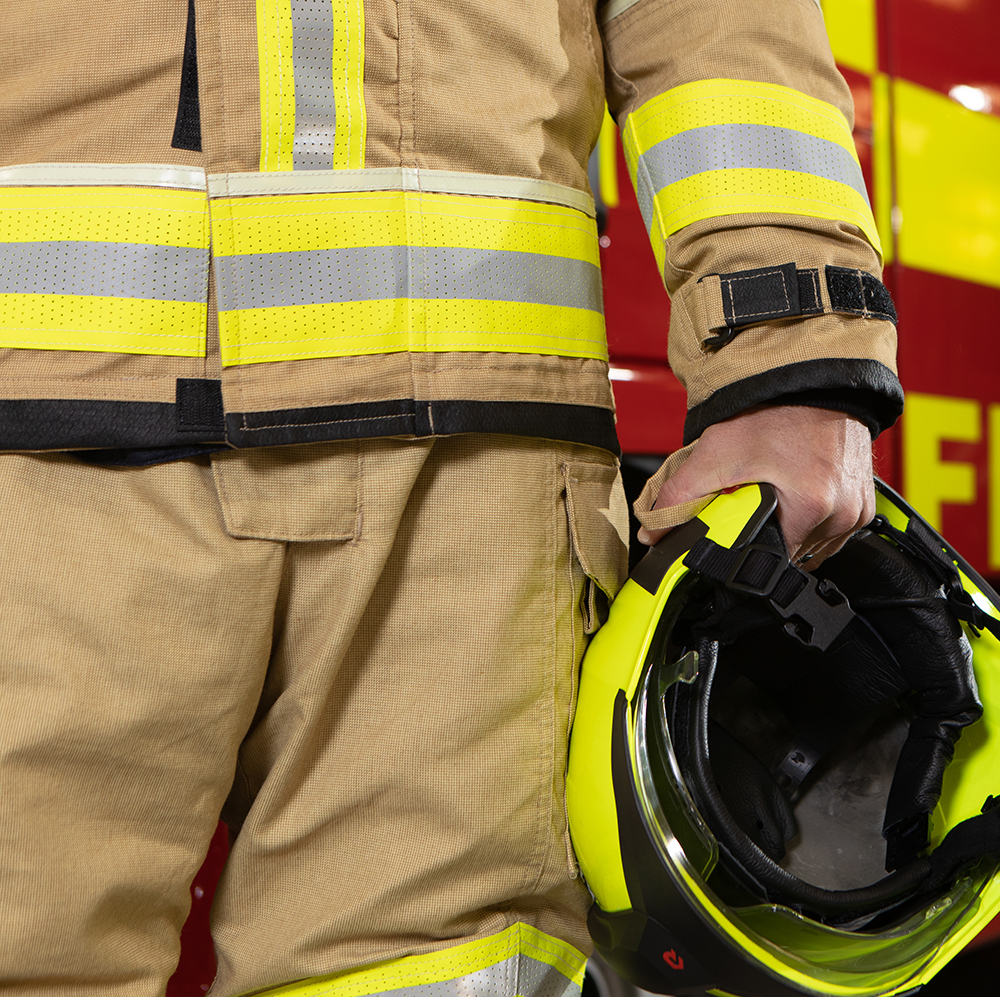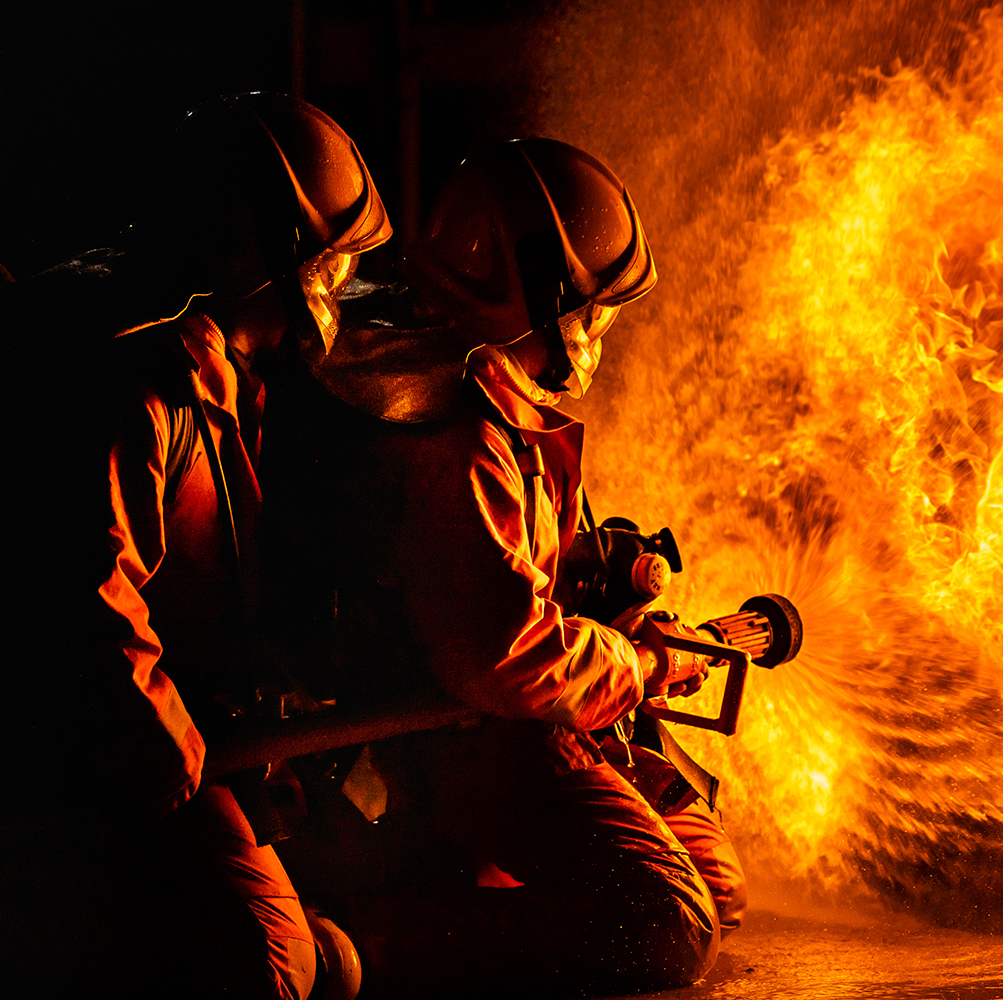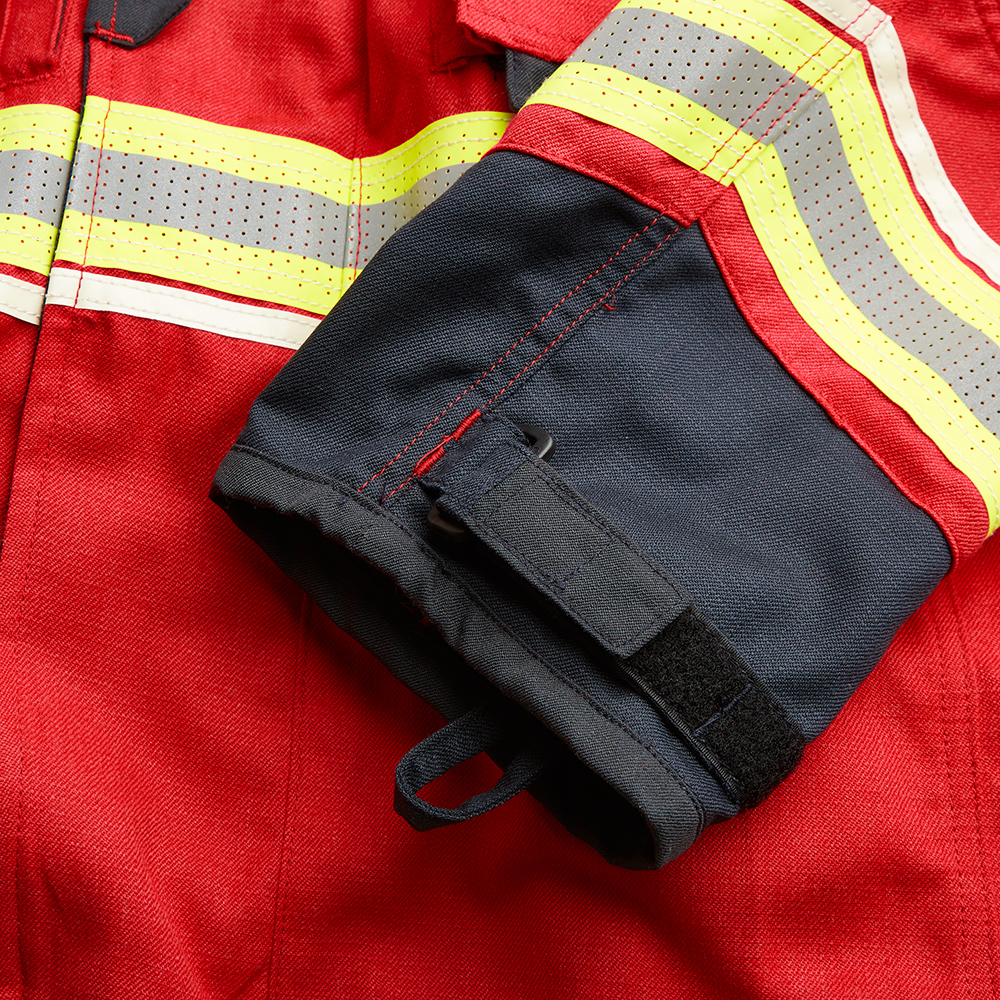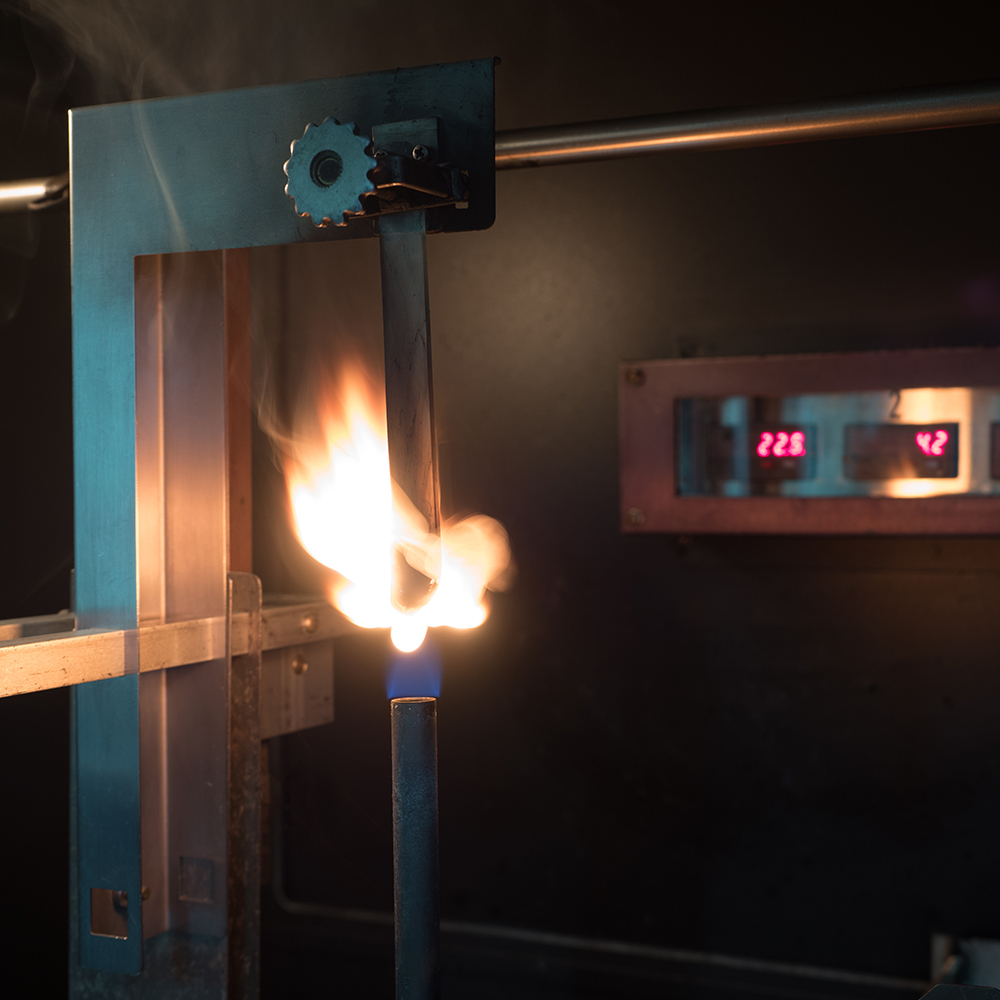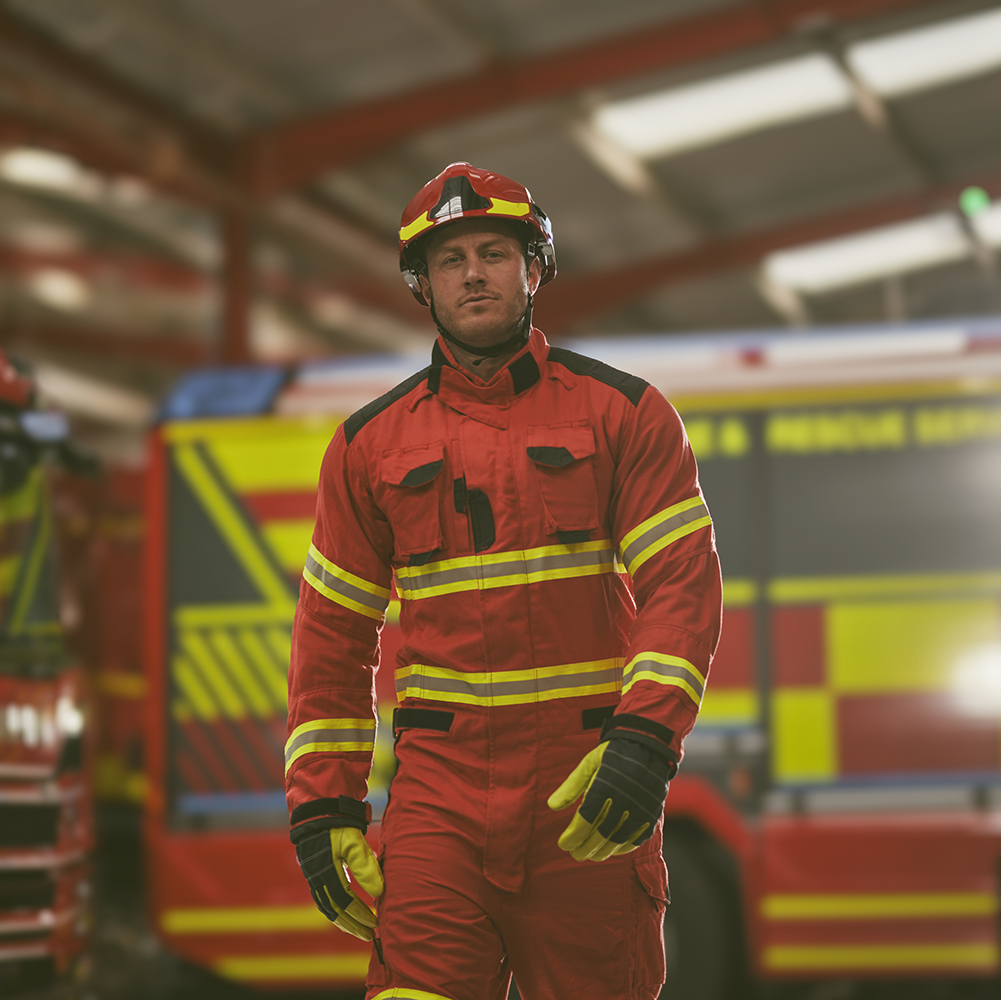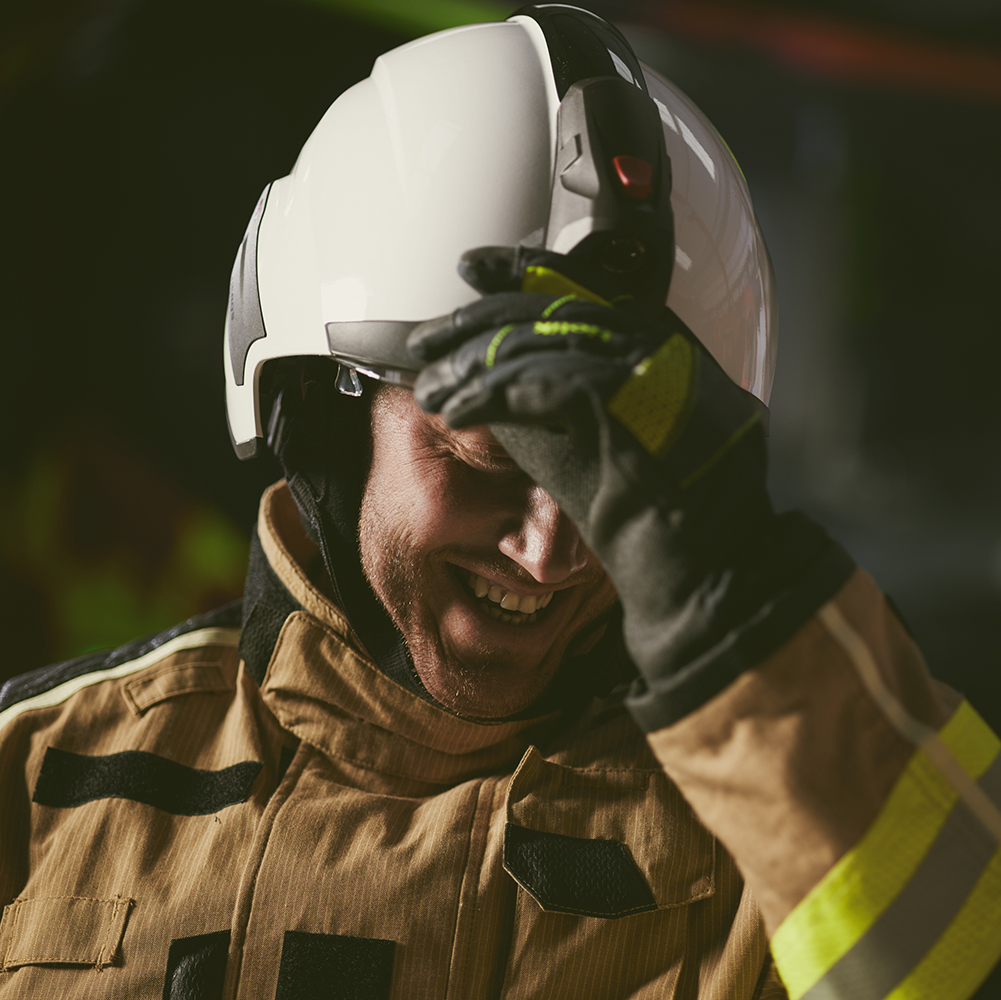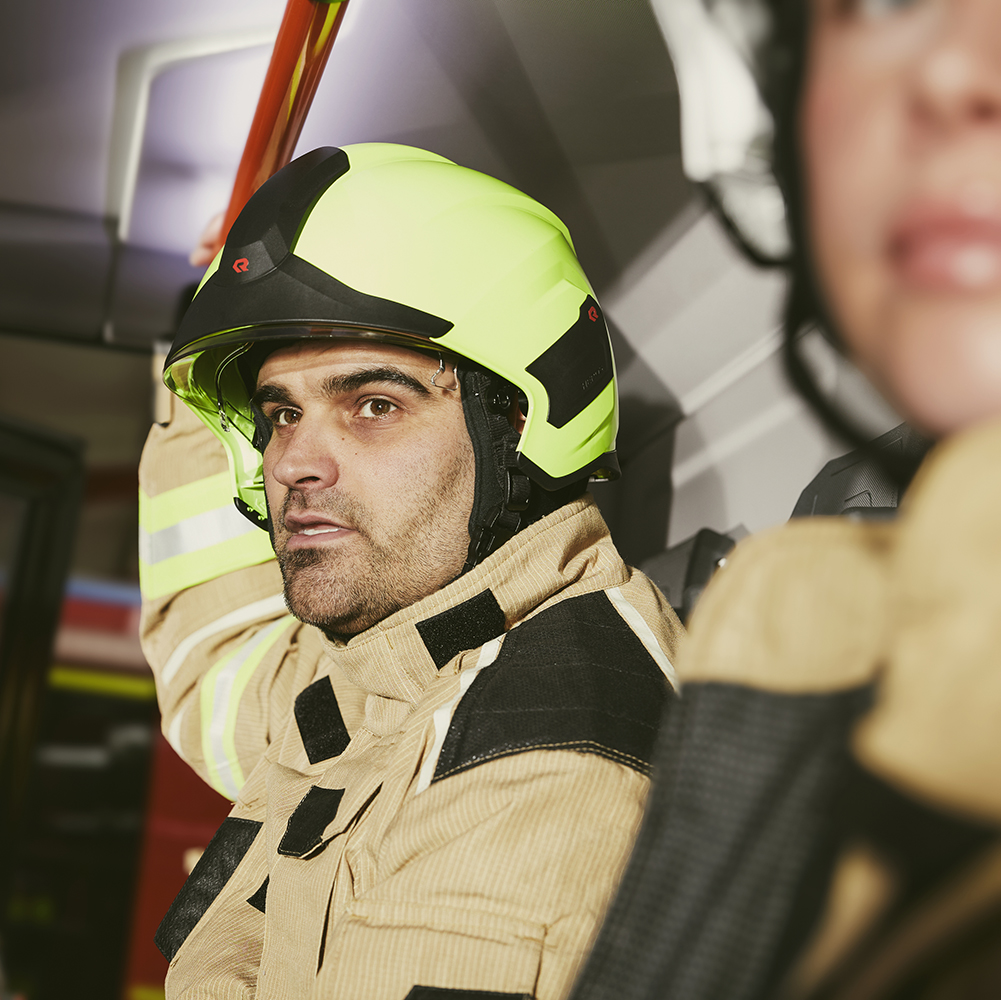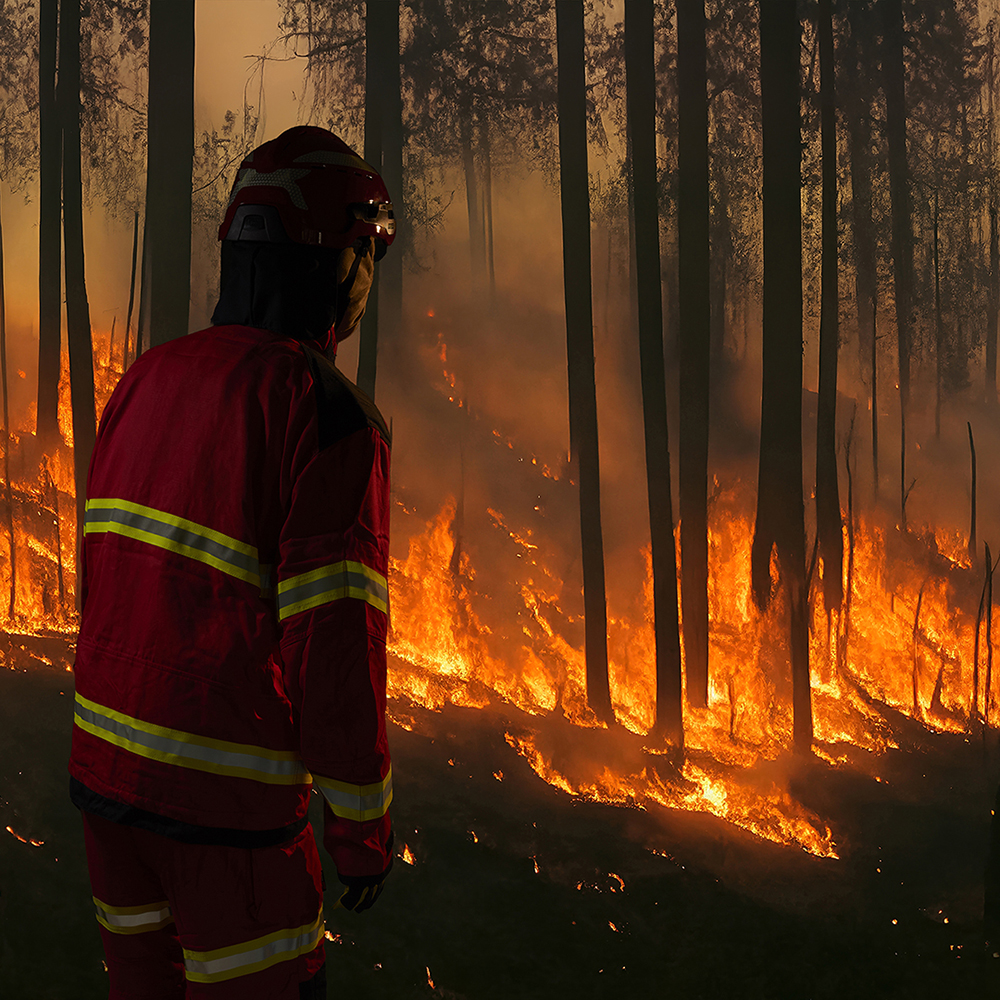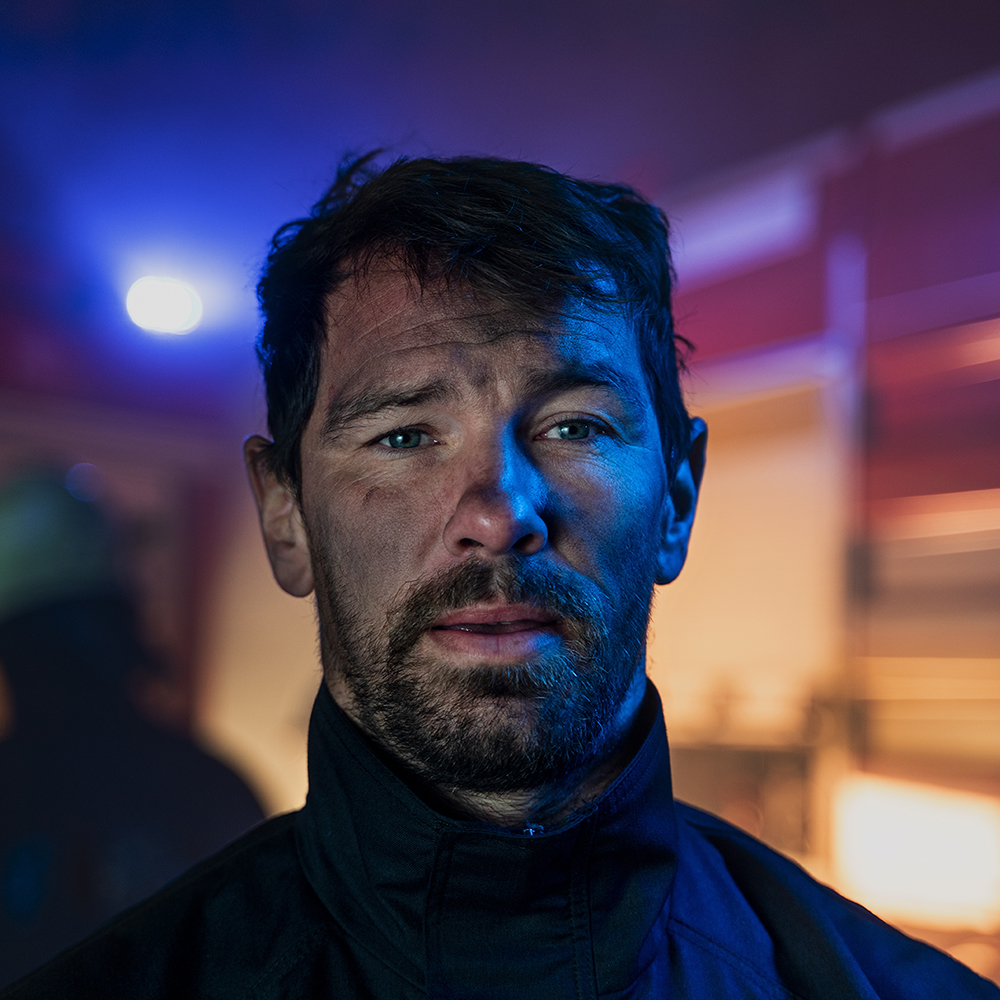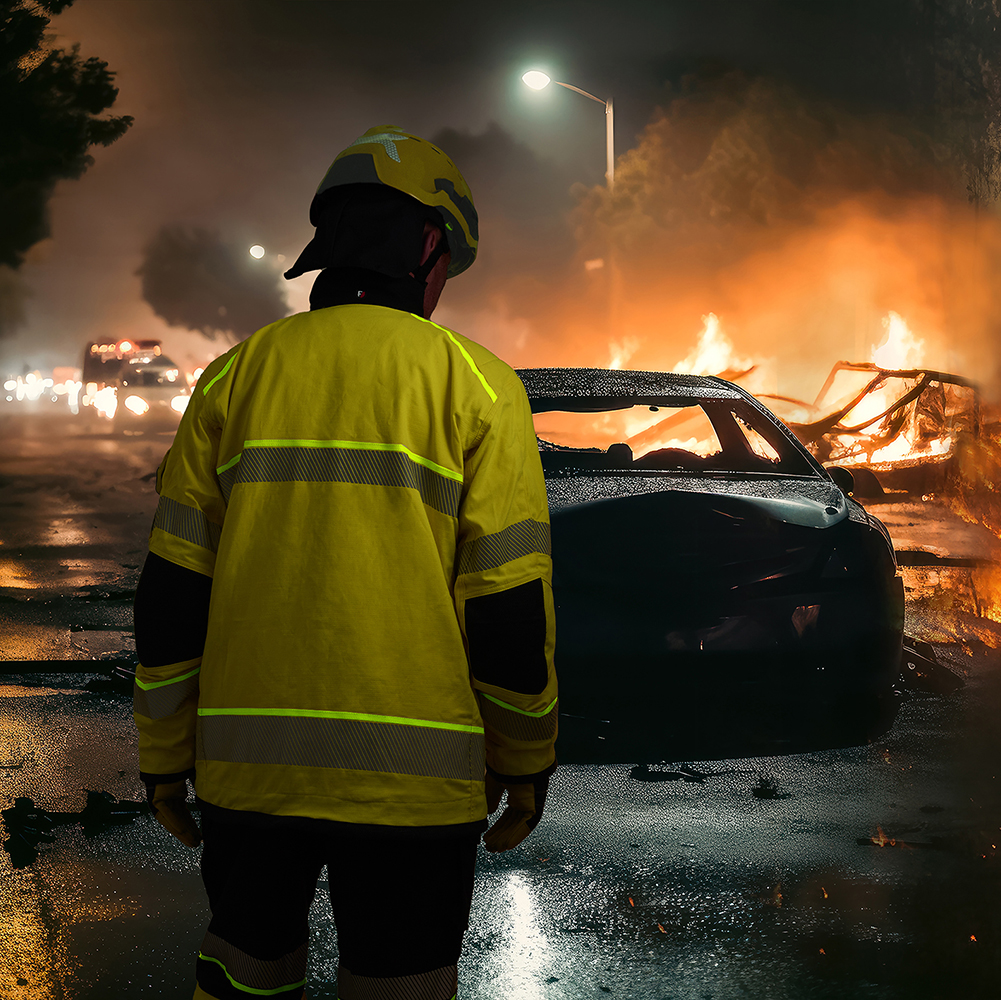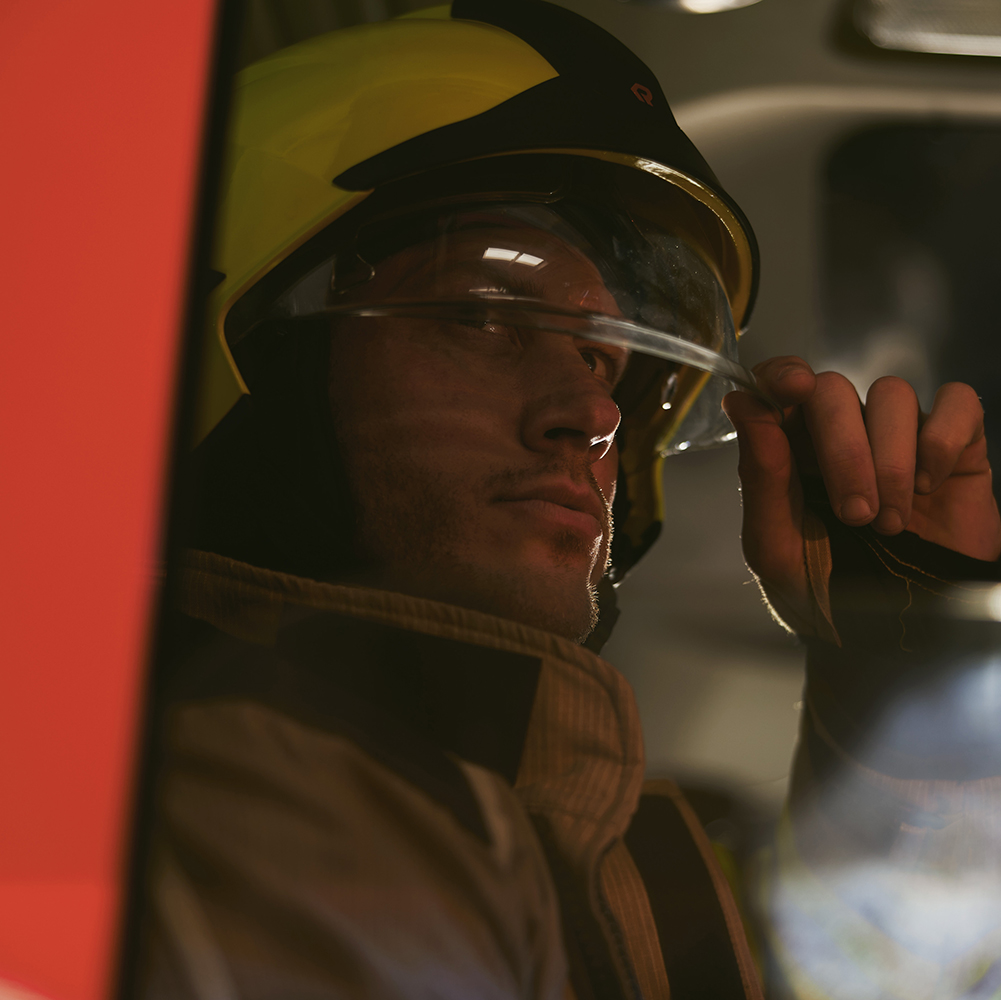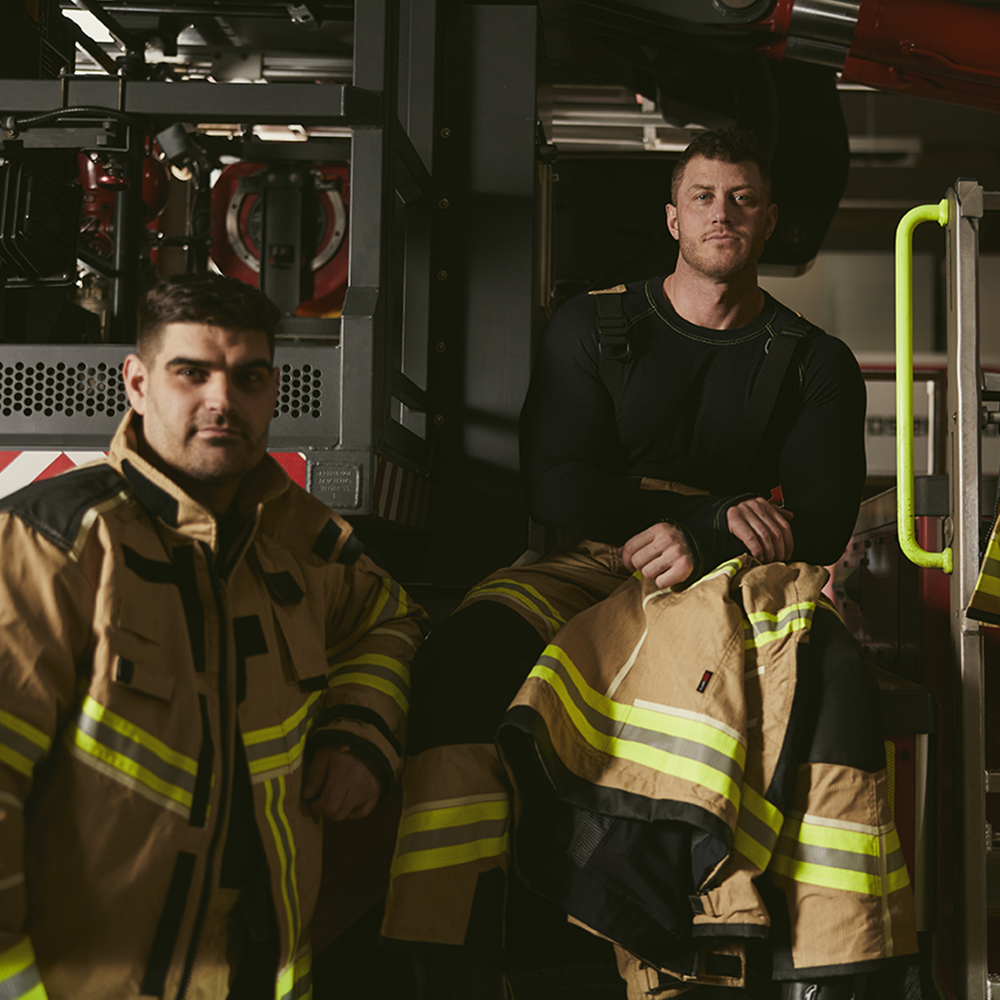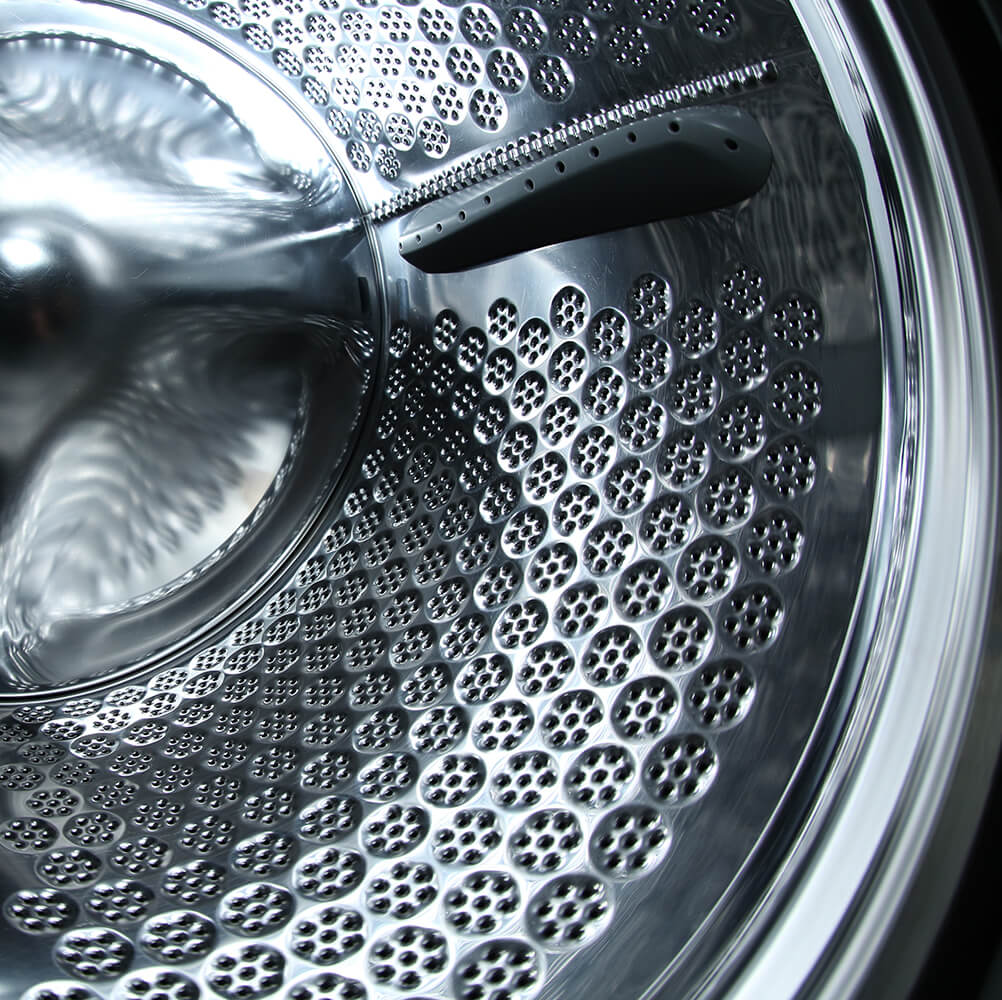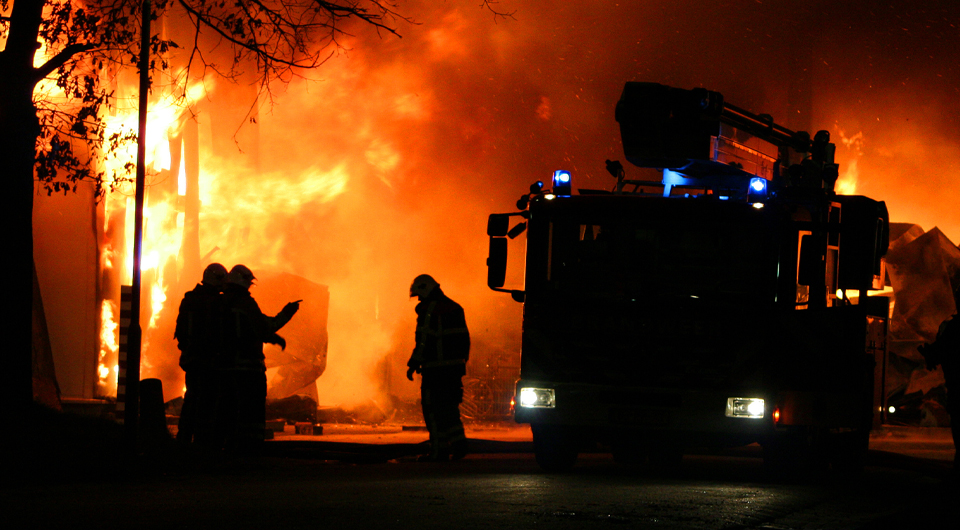Explaining EN ISO 15384:2020 +A1:2021 – Wildland Firefighting Clothing
There are a wide variety of standards that personal protective clothing and equipment have to conform to – in this blog we’re explaining EN ISO 15384:2020 +A1:2021 – wildland firefighting clothing and has replaced EN15614:2007
Having different kit for different uses is important as UK firefighters attend a wide variety of incidents, from structural fires to road traffic accidents. Always turning out in full structural kit is often too heavy and cumbersome and provides a level of protection the job doesn’t need. It also means an often protracted level of wear on the firefighters’ most expensive garments.
How Often Is Wildland Firefighting Needed?
An article in New Scientist in April 2019 reported that there had already been more wildfires in 2019 than in any other year on record – almost a hundred. At the start of that year there had been a dry spell and hot weather over Easter which resulted in 96 major wildfires affecting 25 or more hectares of land. 2019 ended with 137 wildfires of >25 hectares, according to the European Forest Fire Information System.
And in April 2020 National Geographic reported that wildfires are getting more frequent in the UK. In 2020 so far there have been notable wildfires in the Peak District and Wales, so it’s clear that wildland firefighting is an increasing activity for the UK’s state firefighting brigades.
Although forest and wildland fires primarily happen during the summer, the start of 2020 has shown that it’s possible for this type of incident to happen at any time of year. According to Statista there was a more than three-fold increase on wildfires from 2022 (6,236) to 2023 (20,362) which is still down from the 2019 (28,754) highs. Wildfires are becoming more and more prevalent in the country.
What Does The Standard Cover?
In the UK, wildland fires tend to burn slowly rather than raging swiftly through large swathes of land meaning that firefighters have to spend large amounts of time in conditions where radiant heat can be elevated.
Firefighters attending wildland fire incidents may also have to walk long distances from appliances, meaning their kit has to balance providing protection from heat with being light and effective, reducing the chances of firefighters suffering from heat stress.
EN ISO 15384:2020 +A1:2021 specifies standards for the design, minimum performance levels and testing methods for all wildland fire kit.
It covers:
- Radiant heat protection
- Function and performance of fastenings and badges
- Tensile strength
- Thermal resistance
- Water vapour resistance (which creates breathability)
- Reflective material proportions
EN ISO 15384:2020 +A1:2021 is more stringent than the superseded EN15614 with higher performance requirements for Tensile strength, Tear strength, Seam strength and Heat resistance.
What Does EN ISO 15384:2020 +A1:2021 Not Cover?
As the standard for wildland fire fighting, EN ISO 15384:2020 +A1:2021 does not apply to clothing which is intended for fighting structural fires. EN469 is the standard which covers kit intended for this purpose.
It also doesn’t cover clothing which needs to protect firefighters against chemical, biological, electrical or radiation hazards.
Wildland Fire Clothing From The Experts
Our wildland fire range is approved to the relevant standard, but designed to meet the needs of the firefighters who have to wear it. All of the range is fire-resistant, thin and light, without the unnecessary thermal protection needed from structural firefighting clothing. This makes the clothing more comfortable to wear over longer periods, reducing heat stress on firefighters.
To speak to one of our experts about our comprehensive range of EN ISO 15384:2020 +A1:2021 accredited wildland fire fighting clothing, give us a call on +44 (0) 1332 341030.

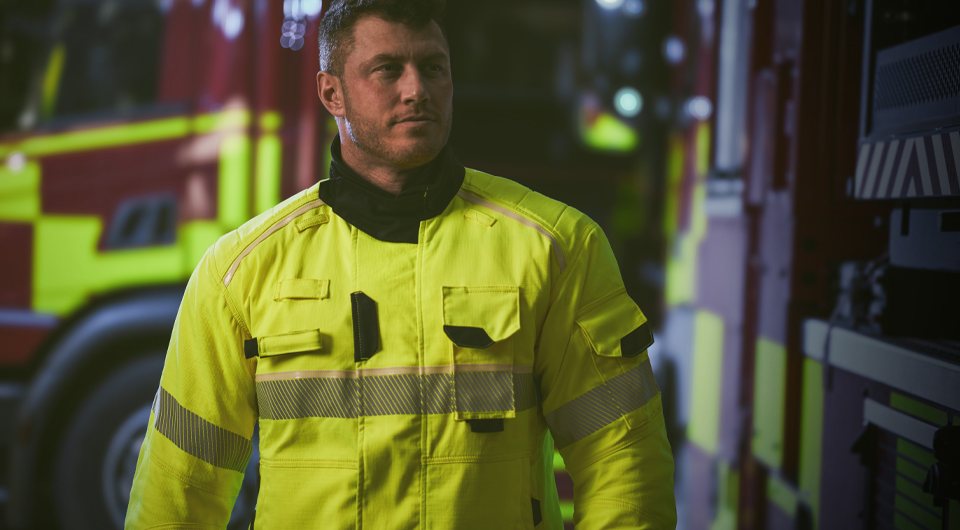

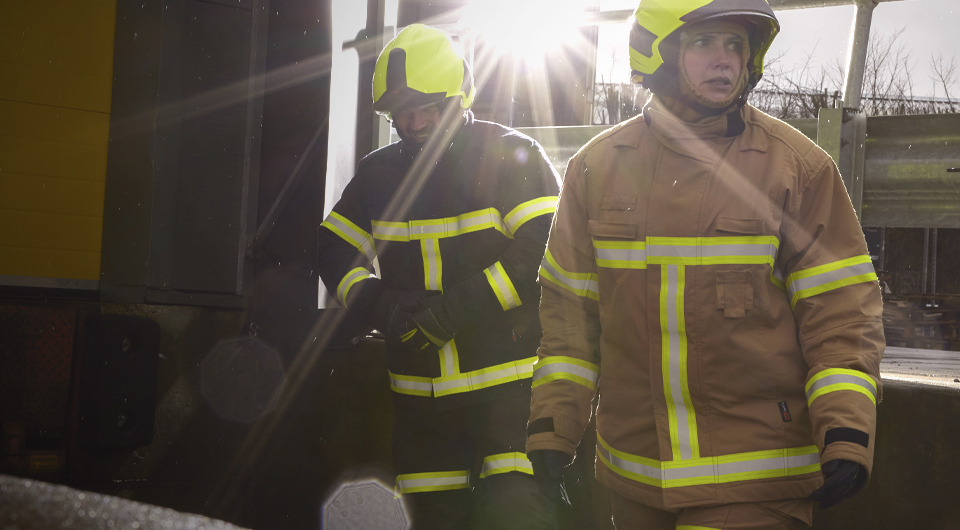
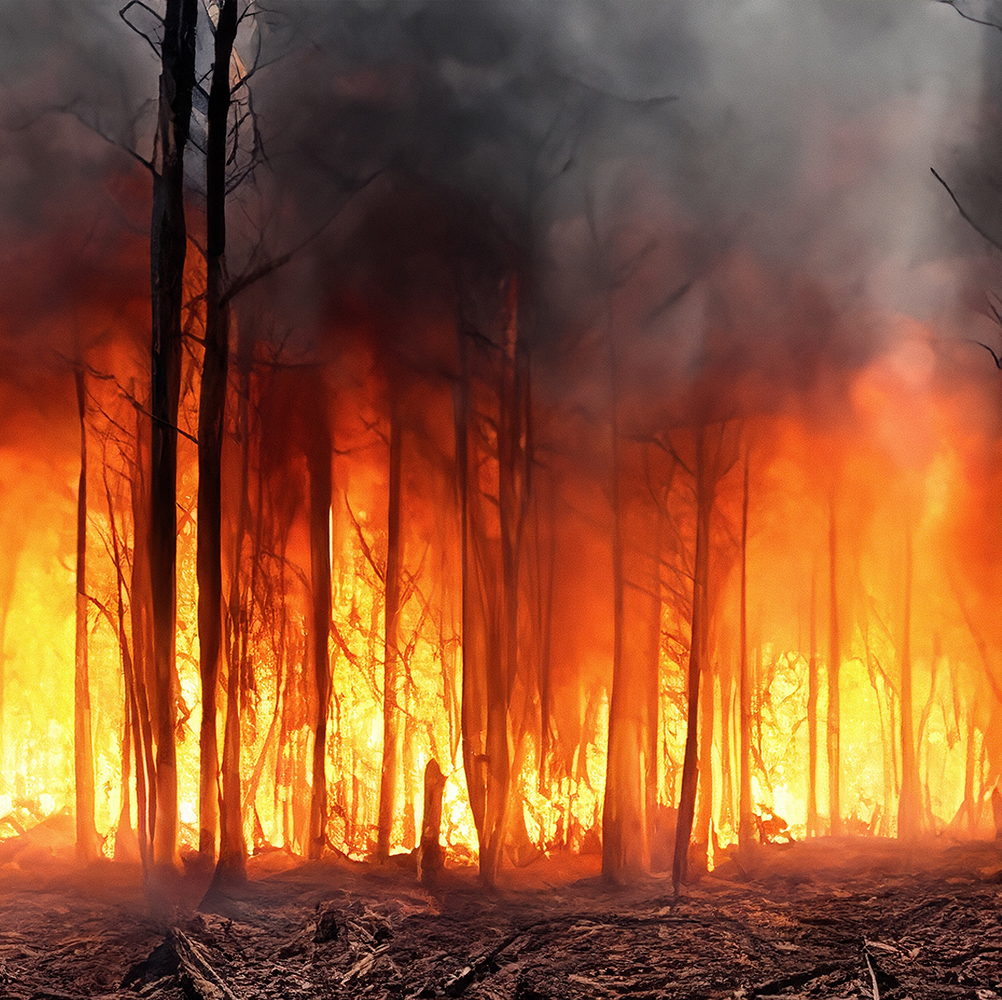

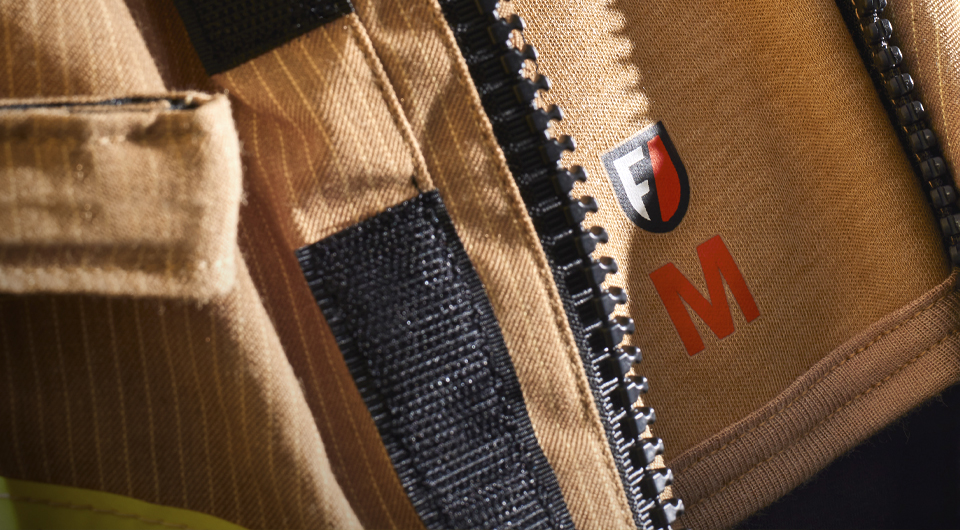
 The key to designing successful new products is truly listening to your customers’ problems. The FlamePro sales team have spent the last few years visiting and speaking to fire officers at state and private brigades around the country. This intelligence has informed the design and features of the
The key to designing successful new products is truly listening to your customers’ problems. The FlamePro sales team have spent the last few years visiting and speaking to fire officers at state and private brigades around the country. This intelligence has informed the design and features of the 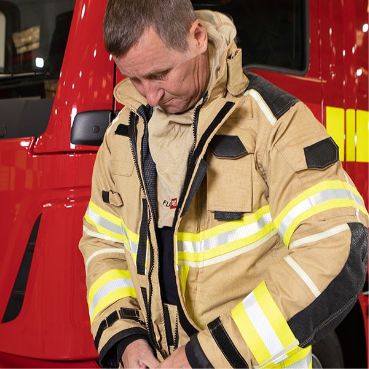
 There’s not much Adrian doesn’t know about FlamePro and our sister company, ProGARM. He’s spent 10 years working for
There’s not much Adrian doesn’t know about FlamePro and our sister company, ProGARM. He’s spent 10 years working for 